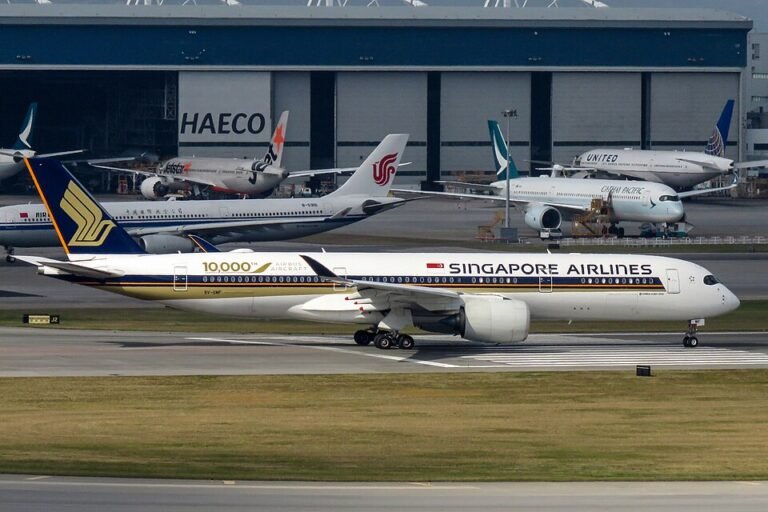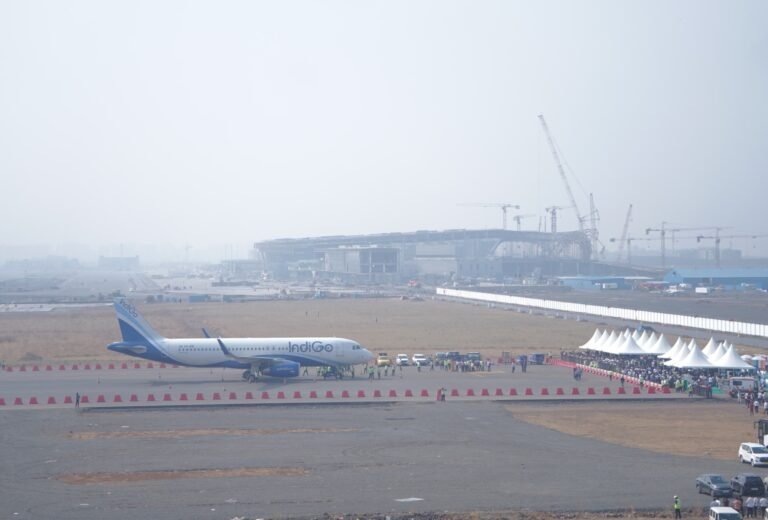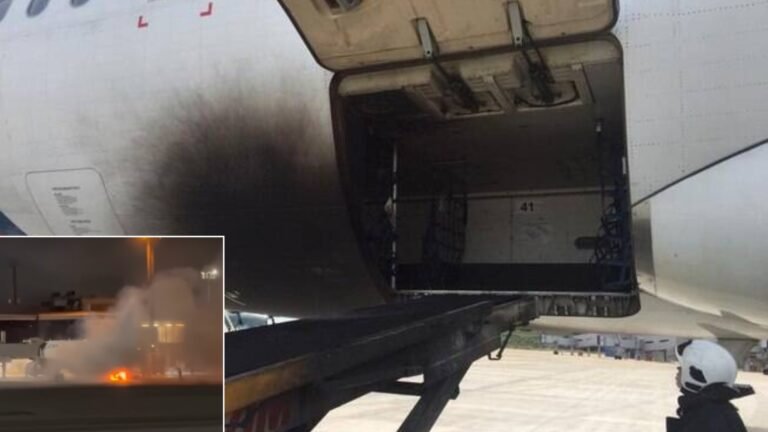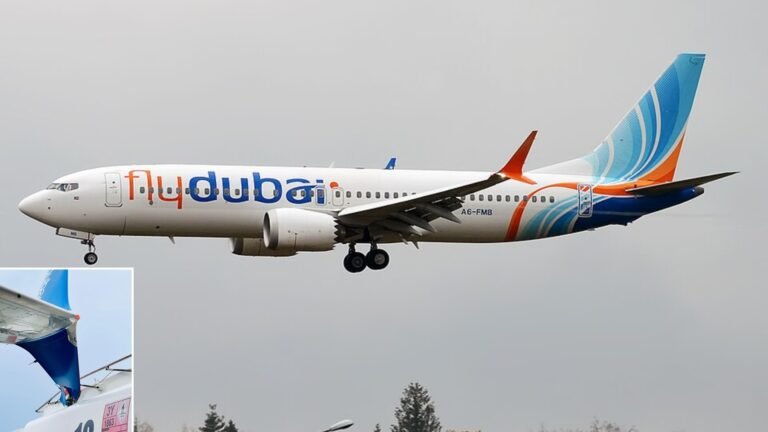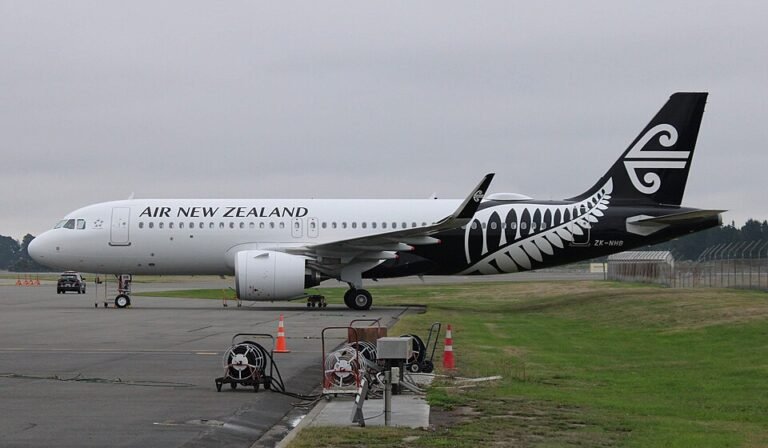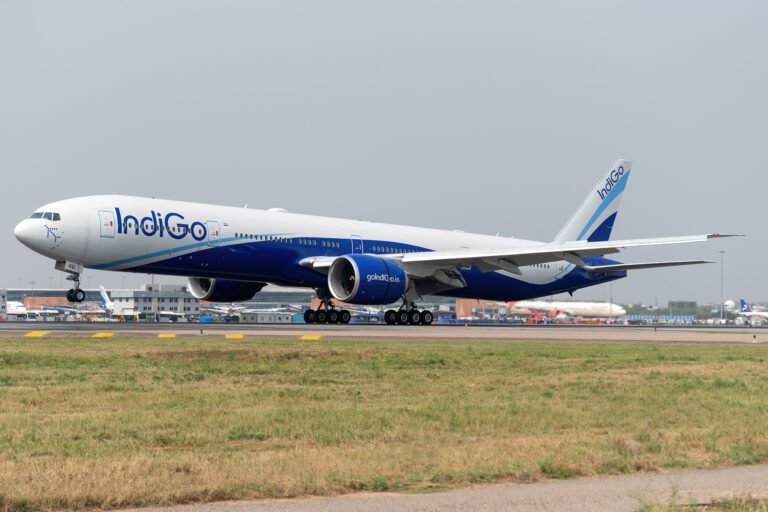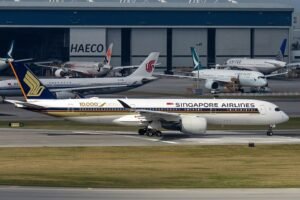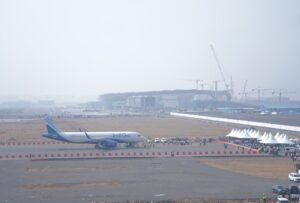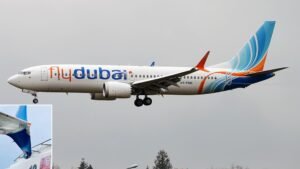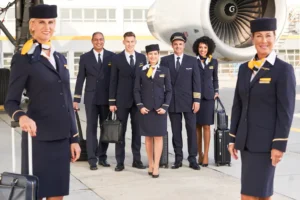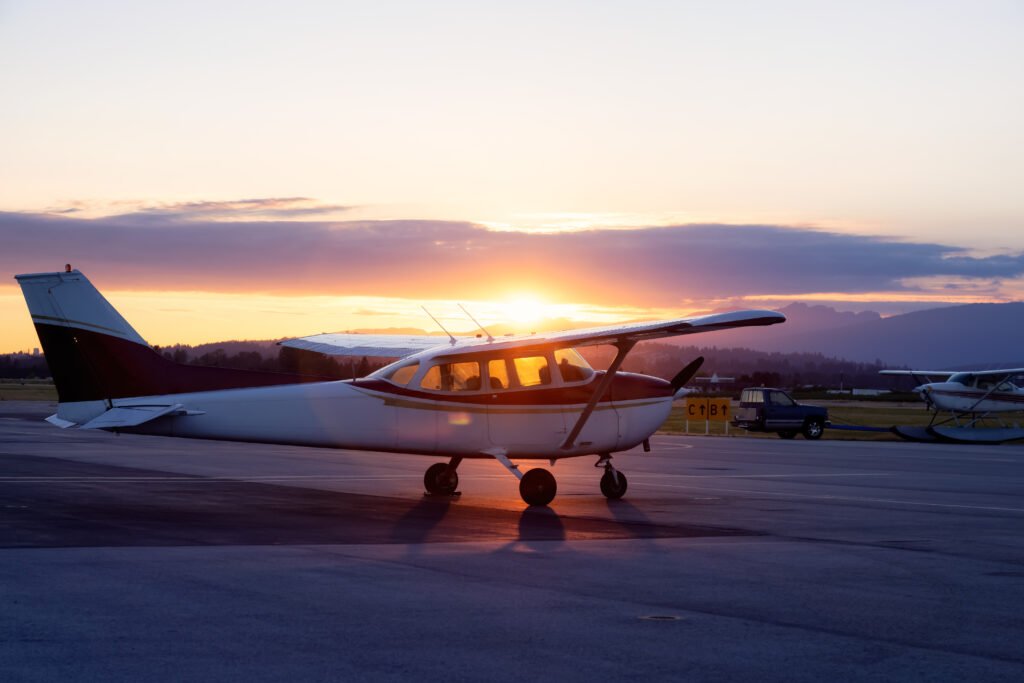
New Delhi, India: The Directorate General of Civil Aviation (DGCA), Government of India, has officially launched a structured ranking system for all DGCA-approved Flying Training Organizations (FTOs) operating across the country. The move is part of a broader strategy to enhance the quality, safety, standardization, and regulatory oversight in India’s pilot training ecosystem.
Objective Behind the Ranking Framework
The newly introduced framework aims to:
- Ensure training quality and standardization by establishing uniform evaluation benchmarks across all FTOs.
- Enhance transparency and accountability, allowing regulatory bodies, students, and stakeholders to access comparable and verifiable data regarding FTO performance.
- Assist aspiring pilots and families in identifying credible and high-performing training institutions based on consistent performance metrics, rather than location, marketing claims, or cost.
- Support policy-making and regulatory monitoring by enabling DGCA to identify well-performing FTOs for potential growth or collaboration, while subjecting underperforming ones to additional scrutiny or corrective measures.
Implementation Schedule and Evaluation Cycle
The ranking system will be operational starting 1st October 2025. Rankings will be released twice a year, preferably on 1st October and 1st April. Each FTO will be scored and categorized based on its overall performance against a comprehensive set of pre-defined parameters.
Ranking Categories
FTOs will be classified under the following categories, based on percentage scores:
| Score Range (%) | Category |
|---|---|
| 85% and above | A++ |
| 70% to less than 85% | A+ |
| 50% to less than 70% | A |
| Below 50% | B |
FTOs falling under Category B will be issued a notice by the DGCA for self-assessment and performance improvement.
Evaluation Parameters and Weightage
Each FTO will be assessed using a combination of quantitative and operational metrics across various domains. The parameters and their corresponding weightages are as follows:
1. Infrastructure & Training Capacity
- Fleet size (single and multi-engine): 5%
- Availability of ground school & simulators: 5%
- Instructor-to-aircraft ratio (annual): 10%
- Student-to-instructor ratio (annual): 10%
2. Operational Performance
- Average time to complete 200 flying hours: 10%
- Utilization of each aircraft in past 6 months: 5%
- Ratio of trainees completing 200 hrs to new cadets enrolled (12 months): 5%
3. Safety & Regulatory Compliance
- Significant safety concerns (Level-I) raised in DGCA audits: 5%
- BA (Breath Alcohol) positive cases in past 12 months: 5%
- Number of accidents in past 12 months: 18%
- Number of incidents in past 12 months: 2%
- Non-reporting of accidents/incidents: Penalty of -5 per case
4. Maintenance Support
Fleet-to-AME (Aircraft Maintenance Engineer) ratio: 10%
5. Student Support & Institutional Practices
- Availability of financial aid or scholarships: 2%
- Placement assistance in the aviation sector: 2%
- Transparency in payment and refund policies: 2%
- Resolution of student grievances: 4%
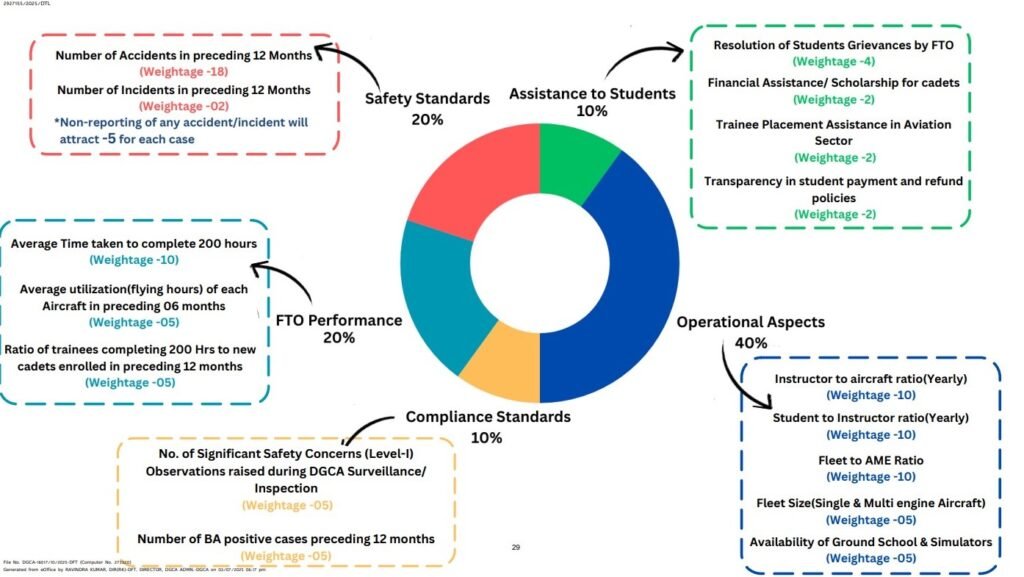
Data Submission and Verification
All FTOs are required to submit their performance data as per timelines set by the DGCA. The regulator reserves the right to verify data through audits and inspections. Any form of misreporting or non-compliance will result in a lower ranking and may attract regulatory action.

